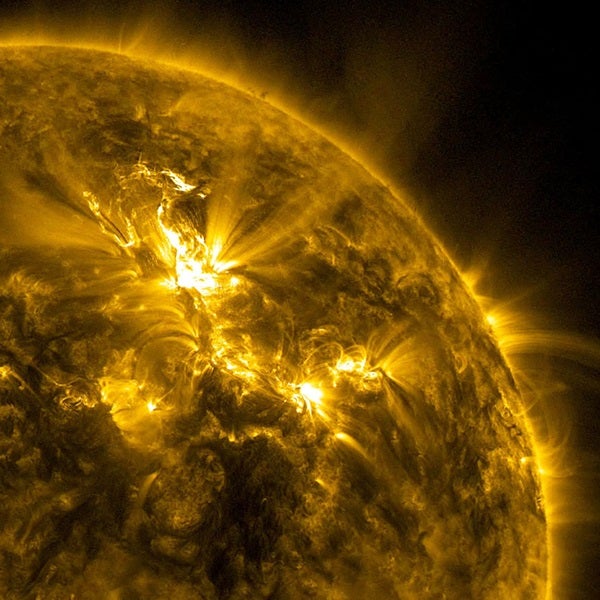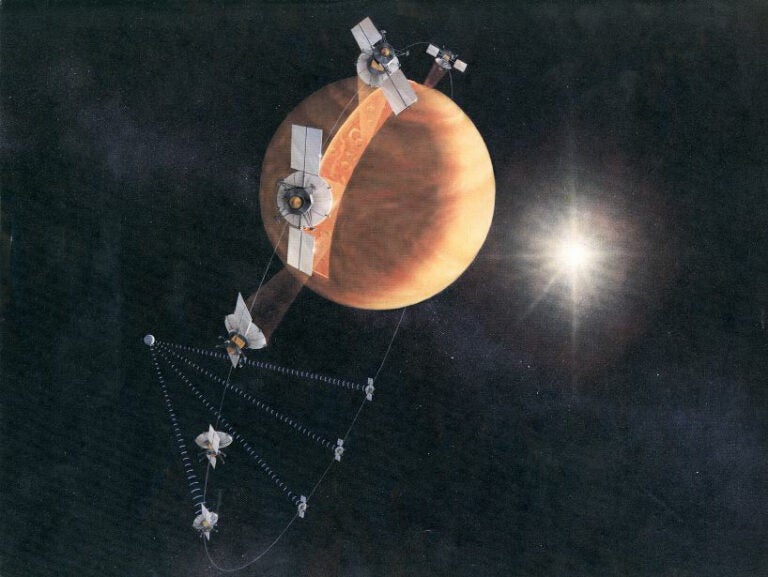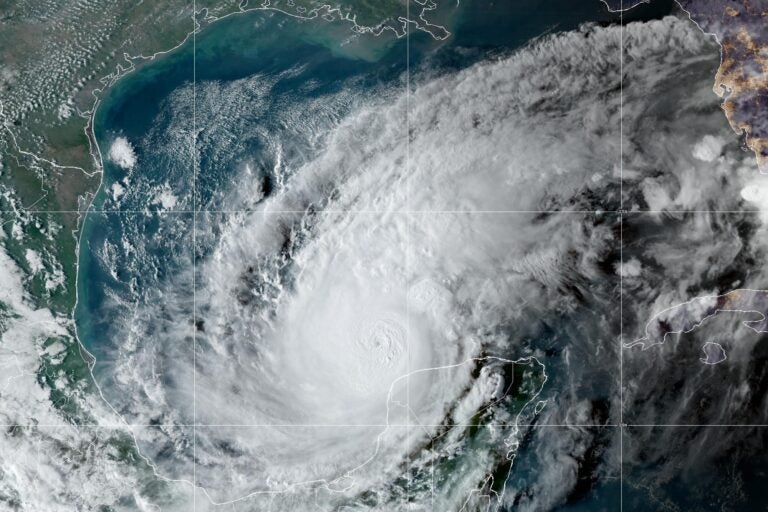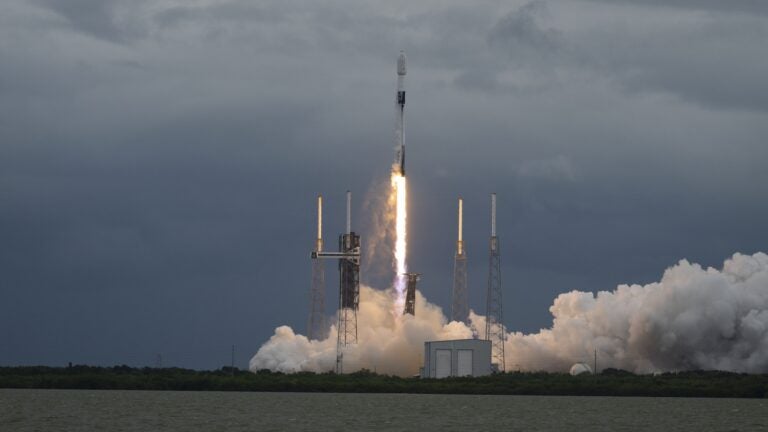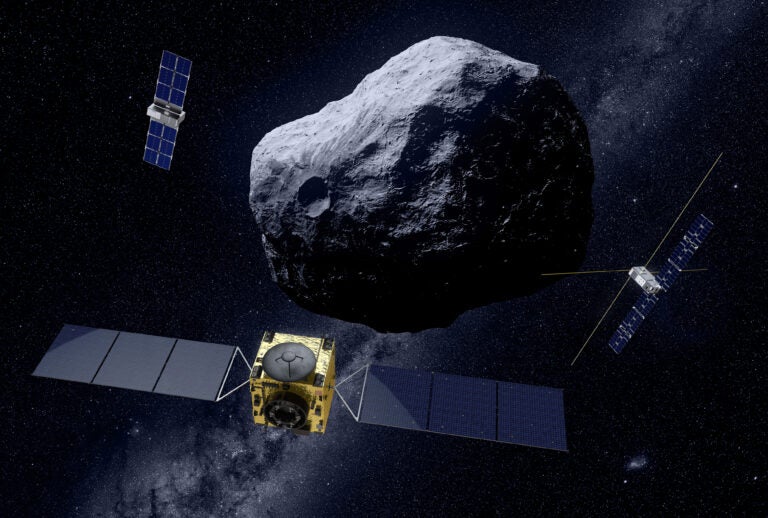Early January 23, a huge coronal mass ejection (CME) erupted from the surface of the Sun, spewing a cloud of charged particles in our direction, causing a strong “S3” solar storm. A NASA Goddard Space Weather Lab animation of the CME illustrates how the disturbance impacts Earth, Mars, and several spacecraft. Solar storms can affect Earth’s aurorae, satellites, air travel, and GPS systems; no harmful effects to the MSL have been detected from this solar event.
“We only have a few hours of data downloaded from the RAD so far, but we clearly see the event,” said Don Hassler from the Southwest Research Institute (SwRI) in San Antonio, Texas. The MSL, launched November 26, will land a sophisticated car-sized rover called Curiosity on the surface of the planet in August. Loaded with 10 instruments, including RAD, Curiosity will traverse the landing site looking for the building blocks of life and characterizing factors that may influence life, such as the harsh radiation environment expected on Mars. “This SPE encounter is particularly exciting in light of the alignment between Earth, MSL, and Mars right now and for the next few months. It will be interesting to compare the RAD data collected from inside the capsule with the data from other spacecraft.”
The Solar Dynamics Observatory, Geostationary Operational Environment Satellites, Advanced Composition Explorer, and the twin Solar Terrestrial Relations Observatory spacecraft in Earth orbit as well as the Solar Heliospheric Observatory flying between Earth and the Sun have also seen this event.
“RAD was designed to characterize radiation levels on the surface of Mars, but an important secondary objective is measuring the radiation during the almost nine-month journey through interplanetary space to prepare for future human exploration,” said Hassler. “RAD is an important bridge between the science and exploration sides of NASA. Not only will this give us insight into the physics of these giant clouds, but like an astronaut, RAD is tucked inside the MSL ‘spacecraft.’ Measurements from RAD will give us insight about the shielding provided by spacecraft for future manned missions in deep space.”
RAD will collect data nearly continuously during cruise and will downlink data every 24 hours. Positioned in the front-left corner of the rover, the instrument is about the size of a coffee can and weighs about 3 pounds, but has capabilities of an earthbound instrument nearly 10 times its size. When MSL arrives at Mars, RAD will detect charged particles arriving from space and will measure neutrons and gamma rays coming from Mars’ atmosphere above, or the surface material below the rover.

